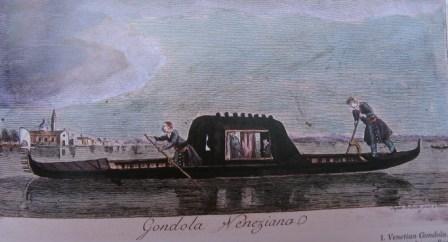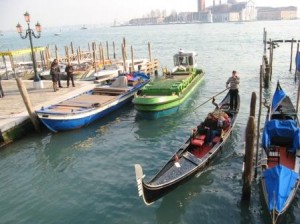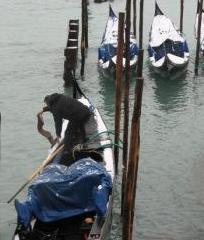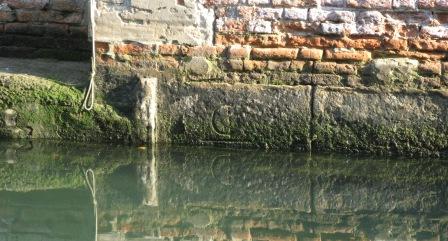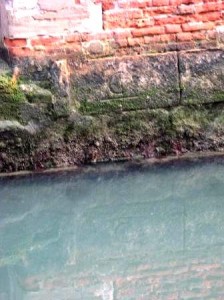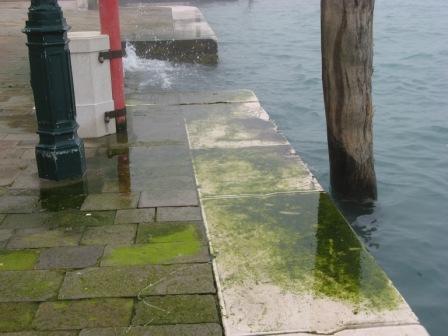I know it might seem that this subject just won’t go away, even if, as Mark Twain said about something else, you take a stick and hit it on the snout. But as it’s one of the central subjects of existence here, there is no escape.
I was interested to see the headline in the Gazzettino two days ago, “Venice doesn’t know how to keep its tourists.” This is intriguing, considering that much of the criticism hurled at tourism here seems to have to do with wanting the tourists to go away.
Just in case, though, that my recent disquisition on tourism might have seemed like the lonely ravings of a solitary misfit, a recent study by the Confindustria Venezia, a business consortium, which looked at Venice, Rome and Florence, has shown not only the brevity of the average stay (2.47 nights), but that tourists rarely return to Venice. And they say outright that, as I mentioned the other day, the city lacks a tourism strategy.
“The central point,” said Elisabetta Fogarin, president of Confindustria Venezia Turismo, “is that Venice needs a policy of Destination Management. It needs to be relaunched at the international level, to make it an icon and a glamour destination again, where the visitor and traveler can live an experience that can’t be repeated somewhere else.”
Glamour is the grail of tourism here, the notion that quality can be made to replace quantity in the economic equation. I’d suggest that this dream is something like wanting all trains to be like the Orient Express, including the Venice-Pordenone local. Which I would totally endorse, except that there are too many people who just need to get home from work to make that even imaginable.
The statistic of 2.47 nights here is, according to the study, a sign that Venice is drastically under-realizing its potential; in any case, it’s not indicative of “culture tourism” (for which one needs more time, clearly. Anybody who has entered the Uffizi Galleryin Florence with the intention of seeing it all knows that about five months is probably a more reasonable time frame for visiting some cultural monuments here.) And 2.47 nights is just another way of saying “not quality tourists.” Bearing in mind that to reach an average, you must have many people who are staying less time (and at least some who are staying longer, true.) But mostly tourists just hit and run.
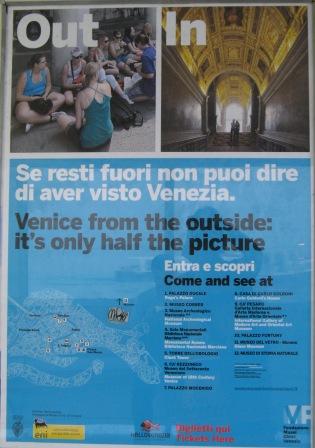
So to really see Venice, you have to get away from Venice? Well, I guess that’s as good an approach to crowd management as another. It just seems slightly regrettable that instead of promoting this monument for the wonder of the world that it is, this angle is more like “Want to get away from all those uncouth boors outside? Flee into our gorgeous past, which is deserted,” which actually sounds pretty good unless you know that this means you’re going to have to pay 13 euros ($18) to walk through endless non-air-conditioned rooms and look at a million paintings that all look alike. Or so it might seem if your primary motivation for entering was merely because it isn’t Out There.
I happen to worship the Doge’s Palace and consider it a given that if you don’t spend several hours here, you can’t have the tiniest notion of the greatness, brilliance and sheer power of the Venetian Republic. Without which, your visit to Venice is just a pointless trek through a flyblown postcard.
It’s just too bad to tell people they should see the museums because there aren’t any of those awful tourists there. But I guess if you have no tourism strategy, you’ll try all kinds of things.

